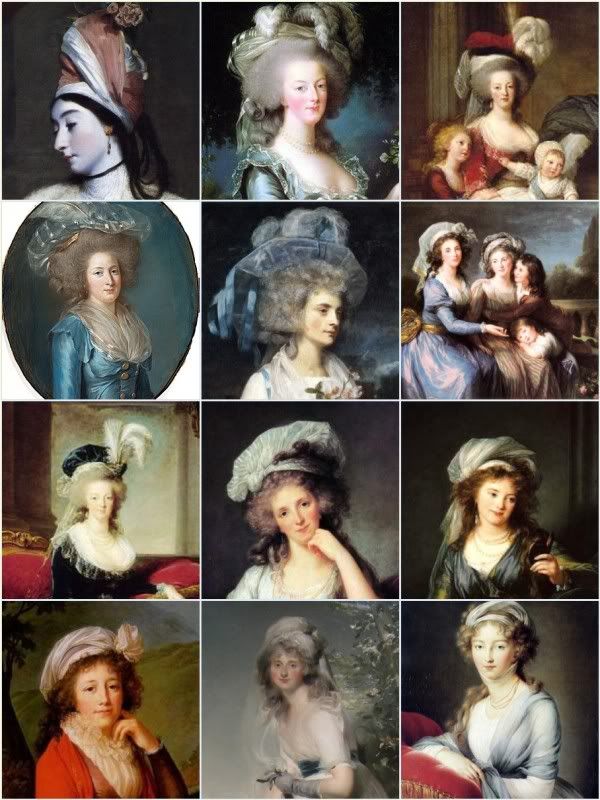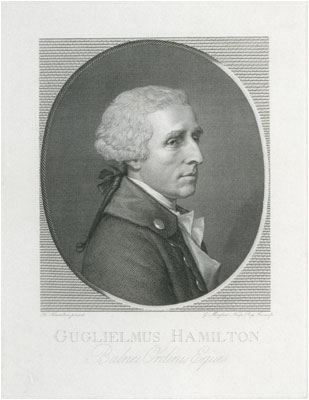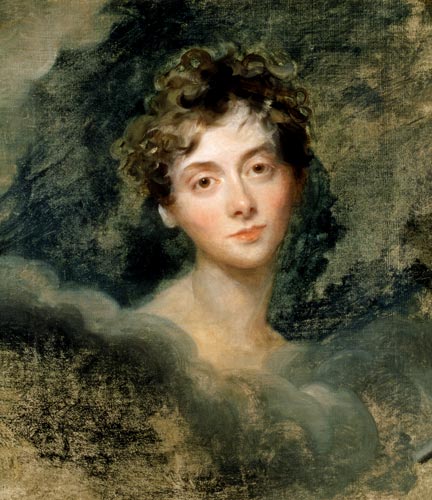 Today marks the 203rd anniversary of Georgiana's death. Much of Georgiana's 48 years of life were marked with health issues and in the second week of March 1806 it appeared that she had contracted jaundice. Rather than her health improving over the next few days, Georgiana grew worse and everyone became more and more concerned. The yellow/orange colour of skin was not due to jaundice but another liver ailment. Unbeknownst to the doctors an abscess had formed on her liver and was killing her. Harriet moved into Devonshire House to tend to her sister and "crowds" of people came to inquire daily after the state of Georgiana's health. Doctors felt that the sickness would pass but her friends and family were gravely concerned.
Today marks the 203rd anniversary of Georgiana's death. Much of Georgiana's 48 years of life were marked with health issues and in the second week of March 1806 it appeared that she had contracted jaundice. Rather than her health improving over the next few days, Georgiana grew worse and everyone became more and more concerned. The yellow/orange colour of skin was not due to jaundice but another liver ailment. Unbeknownst to the doctors an abscess had formed on her liver and was killing her. Harriet moved into Devonshire House to tend to her sister and "crowds" of people came to inquire daily after the state of Georgiana's health. Doctors felt that the sickness would pass but her friends and family were gravely concerned.By the 26th, Georgiana was seizing for eight hours. The doctors shaved off all her lovely hair and put blister plasters on her skin which did nothing but cause her more pain. Amanda Foreman writes that,
"By the twenty-seventh everyone in Devonshire House knew that Georgiana was dying. The family, friends, and servants waited for the end to come. The crowd outside the gates grew in size."Harriet watched as her sister struggled to speak and constantly seized for days, feeling as though she was dying with her. At 3:30 in the morning of 30 March Georgiana died surround by some of the most important people in her life, her husband, mother, sister, Bess, and Little G.
Reactions
The loss of Georgiana shook everyone. The crowds continued to visit Devonshire House to pay their respects, but those closest to Georgiana were the most effected. Charles Fox sat by himself at his former canvasser's home with big, fat tears rolling down his cheeks. Little G wrote that she wished she could strew violets over her dying bed as Georgiana had strewn sweets over her life. The Prince of Wales was in a state of shock, almost not believing that she was gone. Lady Spencer had to deal with watching her favourite child die. Bess was devastated as well and also concerned that her friends' death meant that she had no valid reason to be living with the Cavendishes. She and Harriet bonded to each other in a means of support for the devastating loss
But perhaps the most affected person may be the most shocking. The Duke of Devonshire was inconsolable. In the final years of Georgiana's life the two had finally become close, and dare I say, even loving. Of course they would have their typical married-people bickering but it was if the calmer, more matronly Georgiana was the wife that Canis had always wanted. Her loss was a blow that the Duke, with his famous countenance, never really recovered from and put him in a sort of numb state until his own death. Guilt as well as the realization that Georgiana would not be holding his hand on his deathbed ate away at him. He locked himself in his room and then one night snapped. Bess stayed up all night with him and described the Duke as "hysterical." He never truly recovered from the blow.
"A woman more exalted in every accomplishment of rapturous beauty, of elevated genius, and of angelic temper, has not adorned the present age..."
The Morning Chronicle, 31 March 1806






























